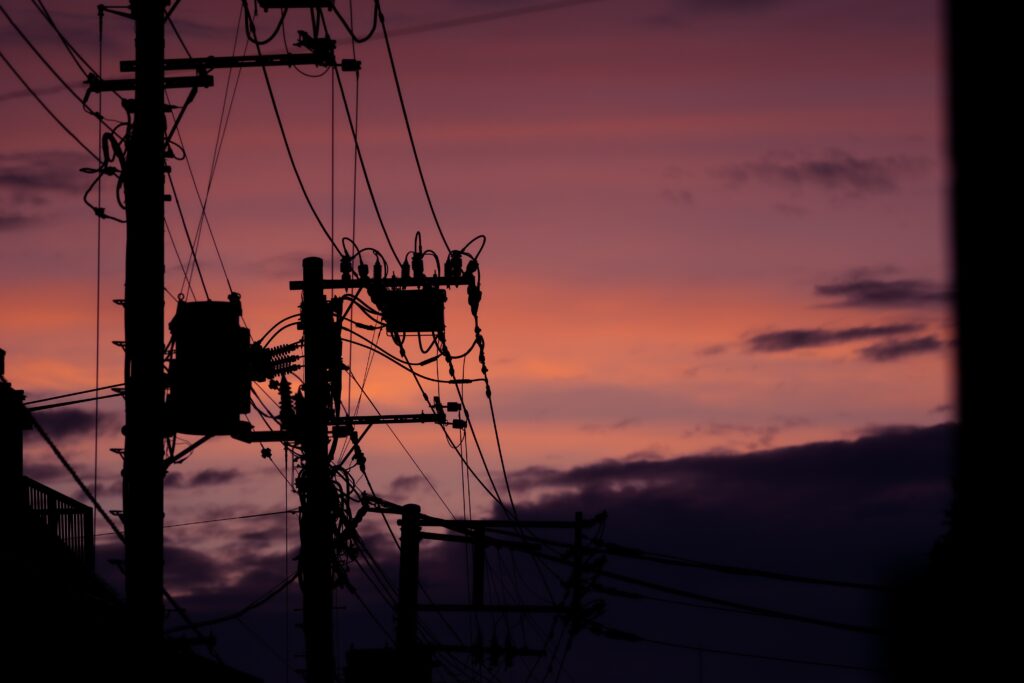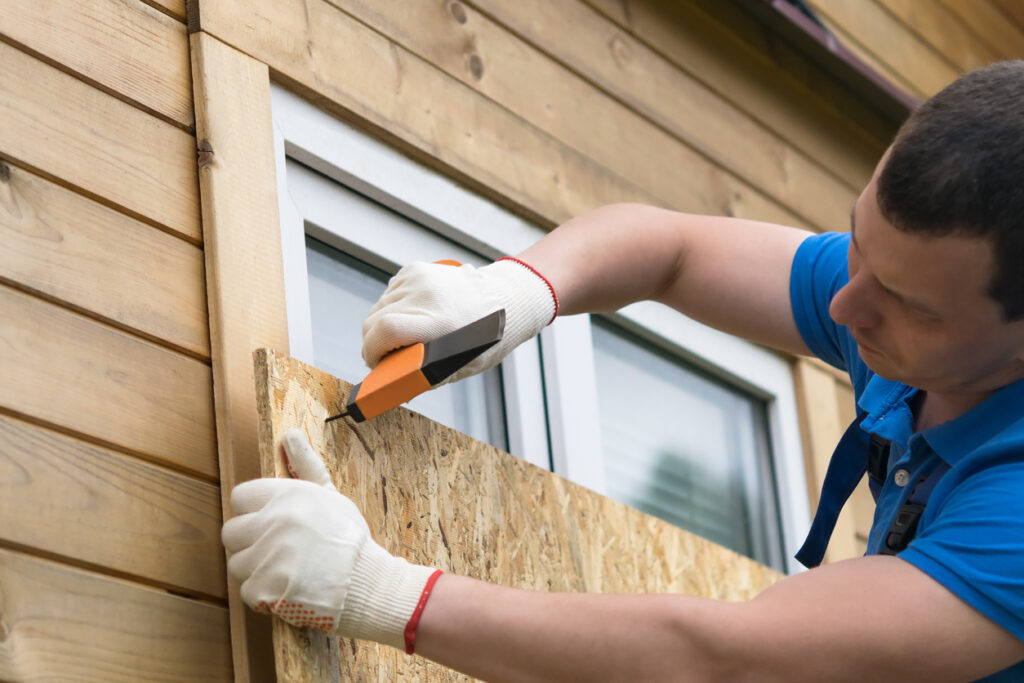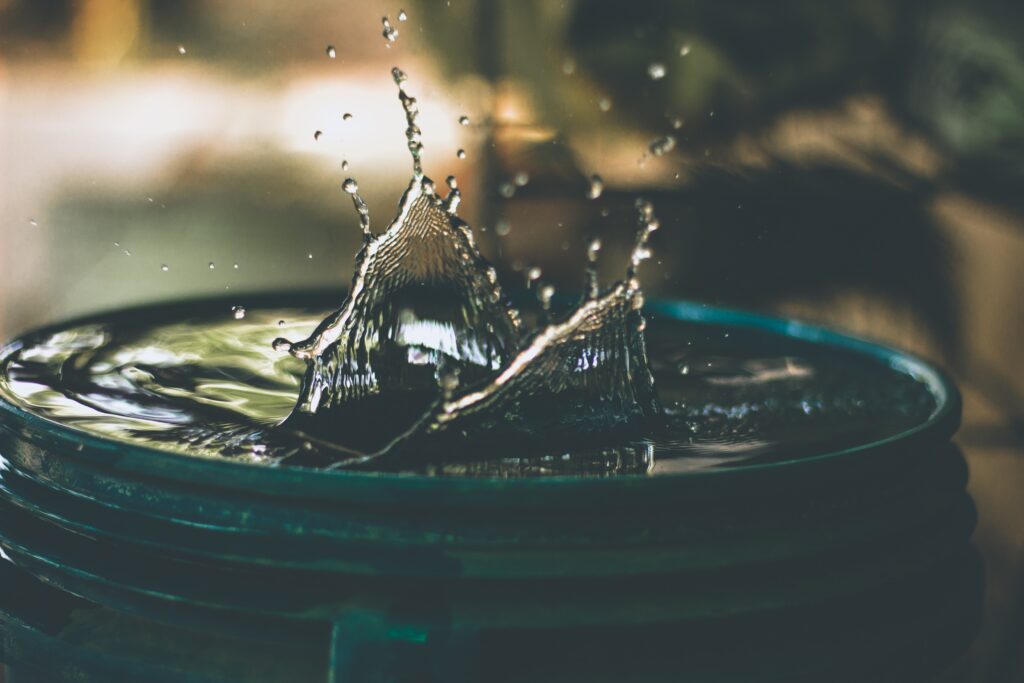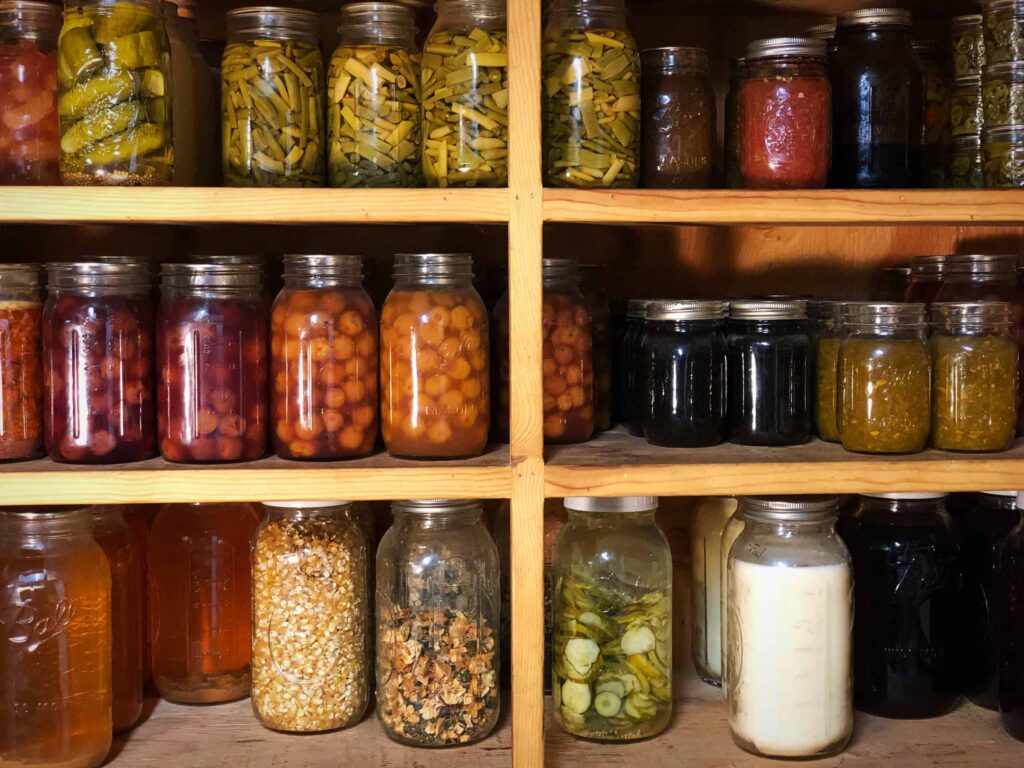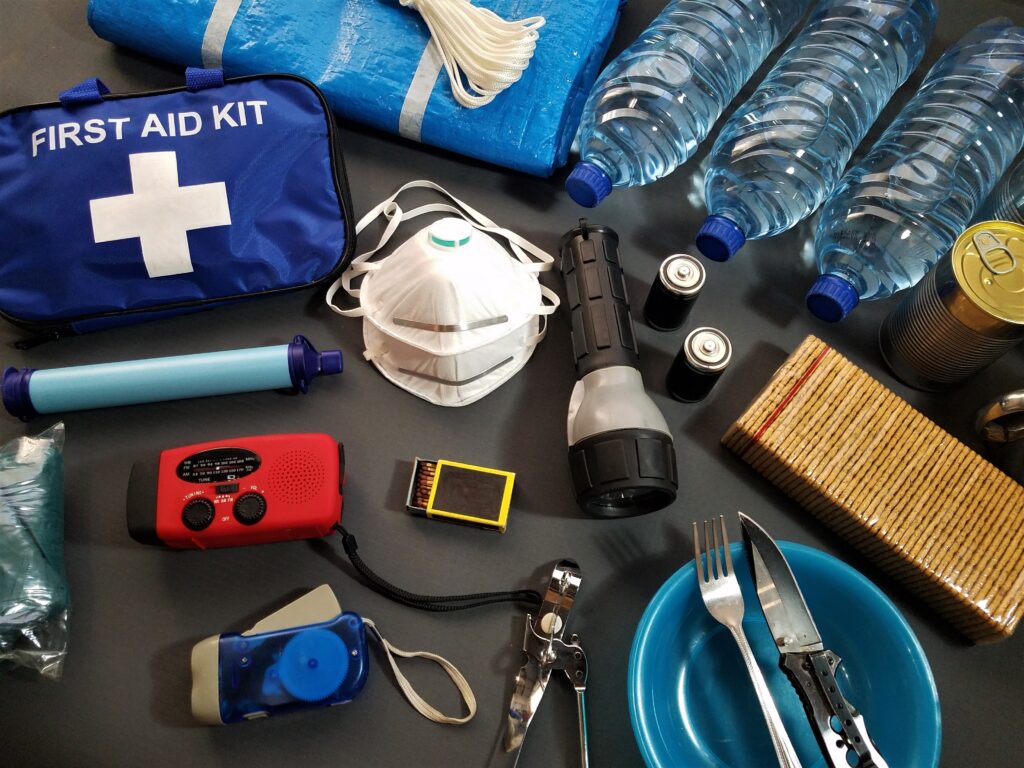Prepping is an increasingly popular lifestyle that involves preparing for emergencies and disasters.
Basic first aid skills are essential to preppers as they can help to save lives in the event of a crisis.
This article outlines some basic first aid tips which should be learnt by all preppers, enabling them to respond quickly in any emergency situation.
It is important for preppers to have knowledge of how best to provide initial response care during medical crises.
Knowledge of proper techniques can increase the chances of survival until more advanced medical attention becomes available or possible.
By becoming familiar with these methods, preppers will be able to better protect themselves and those around them from potential harm due to injury or illness.
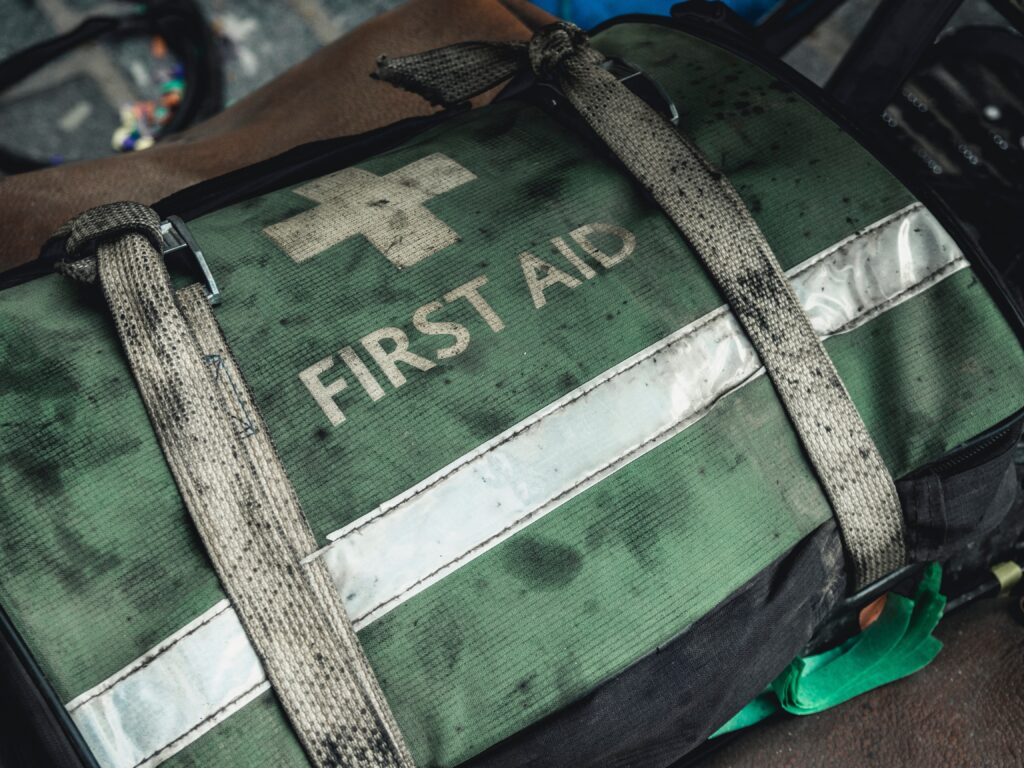
Assessing A Medical Emergency
Assessing a medical emergency is an essential skill for preppers. In the event of an emergency, it is important to be able to quickly identify and assess any potential injuries or illnesses that may have occurred.
This section will discuss how to evaluate a person’s condition in order to determine whether they require immediate medical attention.
The first step when assessing a medical emergency is taking into account the individual’s current state of health. It is important to note any preexisting conditions that could affect their ability to cope with a new injury or illness, such as diabetes or heart disease. Additionally, age can play a significant role in determining how severe a situation might be; infants, children and elderly people are more fragile than adults and may need extra care and attention during an emergency.
Once these factors have been taken into consideration, the next step is to observe the person’s physical signs and symptoms. Pay close attention to their breathing rate, pulse rate, skin coloration and temperature as well as any other abnormal behavior or sensations they may be experiencing.
These observations should then be used to decide on an appropriate course of action – if the person appears stable enough, home treatment may suffice; however if there are signs of distress or serious injury then professional help should be sought immediately.
With proper knowledge and assessment skills, preppers can confidently handle most medical emergencies with ease.
Stopping Bleeding
Stopping Bleeding is a necessary first aid skill that all preppers should know. An uncontrolled bleeding can quickly lead to life-threatening consequences, and thus an effective approach must be taken immediately.
Here are five important steps for stopping bleeding:
- Apply direct pressure on the wound with gauze or cloth;
- Elevate the wounded area above heart level where possible;
- Use a tourniquet only as a last resort;
- Cleanse the wound using soap and water; and
- Cover the wound with a sterile dressing over the gauze or cloth.
It is critical to remember that when applying direct pressure, it should not be released until medical help arrives. If there is any risk of infection from dirt or debris in the wound, cleansing should take place before covering with a sterile dressing.
Preppers need to understand that blood loss needs to be minimized as much as possible in order to reduce further health complications including shock and death. To ensure this, proper bandaging techniques should also be employed after cleaning and elevating the wound site.
An important point to bear in mind is time management – taking immediate action will give you more time to assess the situation while providing basic care. Being prepared ahead of time by having appropriate supplies such as bandages and antiseptic available will ensure quick response times if needed.
Knowing how to apply these skills correctly could potentially save lives in emergency situations, so it pays off for preppers to learn them well now instead of waiting until they find themselves needing them later on down the line.
Treating Burns
Burns are a common injury that requires prompt treatment.
Identification of a burn is based on the type of burn, ranging from first to fourth-degree.
Treating a burn involves cooling the wound, removing clothing from the affected area, and covering the burn with a sterile bandage.
Depending on the severity of the burn, medical attention may be needed to prevent further damage to the skin.
Identifying Burns
Burns are a common injury that require immediate medical attention. It is important for first aid providers to be able to identify the type of burn and take appropriate action accordingly.
Burns can be divided into four categories: thermal, chemical, electrical and radiation burns. Thermal burns occur when contact with heat or flame results in tissue damage. These may include scalding from boiling water or hot oil, as well as direct contact with an open flame such as a lit candle or stovetop burner.
Chemical burns result from exposure to caustic substances like acids and alkalis, while electrical burns are caused by contact with current carrying wires. Radiation related injuries come from prolonged exposure to ultraviolet rays and X-rays.
Each type of burn requires its own treatment protocol; thus it is essential for preppers to familiarize themselves with the various types of burns so they may act quickly in urgent situations where lives depend on their ability to think clearly and make the right decisions under pressure.
A thorough understanding of how best to address each kind of burn will help ensure positive outcomes for all involved.
Treating Burns
Treating burns requires a swift and knowledgeable response from anyone in the vicinity. First aid providers must be familiar with the various types of burns, as each one requires its own treatment protocol. Appropriate action will help ensure positive outcomes for all involved.
Thermal burns are caused by contact with something hot such as boiling water, an open flame or scalding oil. Chemicals cause caustic chemical burns, while electrical injuries come from direct contact with current-carrying wires. Radiation related injuries occur over time due to prolonged exposure to ultraviolet rays and X-rays.
The initial response should include stopping the burning process if possible, removing any clothing or jewelry that has been burned into the skin and cooling the area down with cool running water for at least 20 minutes before seeking medical attention. Covering the burn loosely with cling film or a clean cloth can reduce pain and prevent further contamination of the wound.
It is important to seek professional medical advice regardless of how minor a burn may seem initially; prompt diagnosis and treatment can mean better overall outcomes for those affected by serious burns.
Responding To Choking
Burns are among the most common of medical emergencies, and proper treatment is essential to minimizing pain and damage. With this in mind, responding to choking requires a different approach than treating burns.
Choking occurs when foreign particles block the airway making breathing difficult or impossible. As with any first-aid situation, safety should always come first; make sure you protect yourself by using protective gloves before attempting to assist someone who is choking.
The Heimlich maneuver is an effective way to dislodge an object blocking the windpipe of an adult or adolescent who is choking; however, it can be dangerous for infants under one year old and should not be attempted. To perform the Heimlich maneuver on an adult, stand behind them and wrap your arms around their waist. Make a fist with one hand and place it directly above their belly button. Grabbing your fist with your other hand, press hard into their abdomen several times until the obstruction has been cleared.
For infants younger than one year old, use five quick back blows between the infant’s shoulder blades followed by up to five chest thrusts (similar to CPR). If these methods don’t work then contact 911 immediately as they will require more advanced care from trained professionals.
It is important that all preppers have a basic understanding of how to respond quickly and appropriately if someone begins choking; remembering these steps could help save a life in an emergency situation.
Performing CPR
Cardiopulmonary Resuscitation (CPR) is an essential skill for preppers to have in their toolbelt. It is a critical step of the chain of survival, as it restores blood flow and oxygenation to vital organs when a patient has stopped breathing or their heart has ceased beating. Knowing how to perform CPR can mean the difference between life and death during medical emergencies.
The ABCs of CPR are simple: Airway, Breathing, Circulation. To start performing CPR on an adult patient, first make sure that you are wearing gloves and other protective gear if available; then check for response from the patient by tapping them lightly on the shoulder and asking “are you alright?”
If there is no response, begin chest compressions at a rate of 100-120 beats per minute with your hands placed firmly over the lower half of the sternum. After 30 compressions, open up their airway using a head tilt chin lift maneuver while administering two breaths into their mouth with each taking 1 second each.
Continue this cycle until help arrives or they regain consciousness.
It is important to remember that even knowing basic skills like CPR doesn’t guarantee success because so much depends on factors outside our control such as time elapsed before help arrives or whether equipment needed for resuscitation is available in certain situations. However, having knowledge about these procedures may still be beneficial since it provides peace of mind and an overall feeling of preparedness when facing any emergency situation involving another person’s health or safety.
Administering Medications
In a prepper situation, it is important to be able to administer medications safely and effectively. Administering medication can mean the difference between life and death in a crisis situation, so having knowledge of how to do this correctly is essential.
When administering medications, one must take into account the specific requirements for each type of drug. For example, some drugs need to be taken with food while others require an empty stomach; many also have time-dependent factors that affect their efficacy or potential side effects. It is very important to read all directions carefully before taking any kind of medication and follow them closely. Additionally, one should always pay attention to expiration dates – expired medications are not safe nor effective.
Knowing what medications to stock up on ahead of time will save precious resources if you find yourself in a medical emergency situation. Pain relievers such as ibuprofen and acetaminophen are essential items for any first aid kit; antihistamines may be needed for allergies; antibiotics can help stave off infection; antacids can provide relief from indigestion; laxatives can help keep bowels moving properly; decongestants can reduce inflammation within the nasal passages.
Being aware of these common types of medications and understanding which ones your family might need in times of stress will make sure you’re ready when disaster strikes.
Frequently Asked Questions
What Is The Best Way To Store Medical Supplies?
When it comes to storing medical supplies, the best strategy is one that ensures they are readily available and remain in good condition.
This means keeping them out of direct sunlight and away from any moisture or extreme temperatures. A cool, dark place such as a closet or basement would be ideal for most items.
Additionally, shelves should be used to organize supplies, allowing easy access when needed. Labeling each item so that everyone knows what it is can also help prevent confusion during an emergency situation.
Finally, since many medications have expiration dates, make sure to regularly inspect and replace items if necessary.
How Do I Know If I Need To Call 911?
If you are unsure if a medical situation warrants calling 911, it is important to consider the severity of the injury or illness.
Signs that may indicate emergency services should be called include difficulty breathing, chest pain, major head trauma, and loss of consciousness.
In some cases where there is significant bleeding or an obvious broken bone, seeking immediate help may also be necessary.
Regardless of the circumstances, always err on the side of caution when considering whether to call 911 in a medical emergency.
What Is The Difference Between A Burn And A Scald?
A burn is an injury to the skin caused by heat, chemicals, electricity or radiation. Burns can range from minor irritations to major injuries that require medical attention, depending on their severity and depth.
A scald occurs when hot liquid, steam or gas contacts the skin causing damage in a similar way as a burn does. The primary difference between a burn and a scald is the source of heat – for example the flame of a match versus boiling water.
It is important to differentiate between burns and scalds because it determines how they should be treated medically; this includes understanding the degree of damage and knowing whether antibiotics are necessary.
How Do I Know If A Wound Needs Stitches?
When assessing whether a wound needs stitches, it is important to consider the size and depth of the wound.
Generally speaking, any laceration larger than 1/4 inch in length or that has visible fat or muscle tissue exposed should be considered for suturing due to its potential to cause significant bleeding and risk of infection.
Additionally, puncture wounds over one-quarter inch deep may also require stitch closure.
If you are unsure if an injury requires medical treatment, especially when there is profuse bleeding or other signs of distress, it is best to seek professional medical care as soon as possible.
How Do I Ensure I Am Providing The Correct Medication To A Patient?
Correct medication administration is an important component of providing first aid. It is essential to accurately identify the patient’s condition and determine which medications are necessary for treatment.
To ensure correct medication delivery, it is recommended that providers review any instructions given by a doctor or pharmacist prior to administering any drugs. Additionally, healthcare professionals should make sure they have a full understanding of the patient’s medical history and allergies before proceeding with treatment.
Providers should also be aware of potential risks associated with certain medications and monitor the patient throughout their recovery process.
Conclusion
It is important for preppers to have a basic understanding of first aid and medical supplies.
Knowing how to store medical supplies, when to call 911 in an emergency situation, distinguishing between burns and scalds, identifying wounds that need stitches and providing the correct medication are all essential skills that should be learned.
Having these skills can help ensure a prepper is prepared for any possible health crisis or emergency and can provide more effective care if needed.
By equipping oneself with the knowledge and understanding of first aid principles, preppers will be able to act quickly in most situations while also helping to prevent further complications from arising.
It is recommended that everyone take time to learn proper first aid techniques as it could save lives in times of distress.





